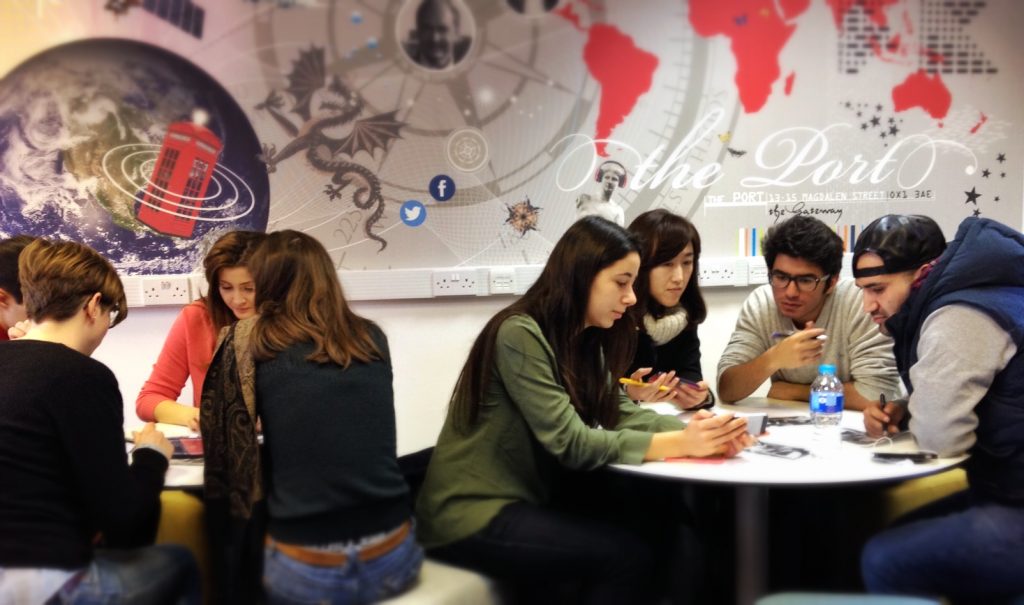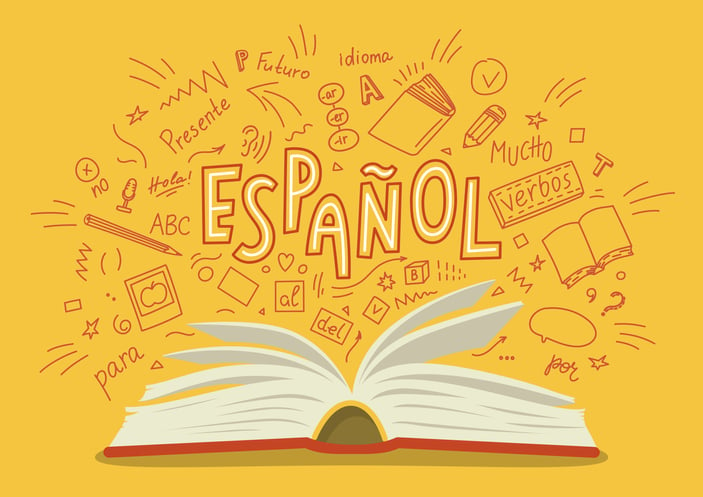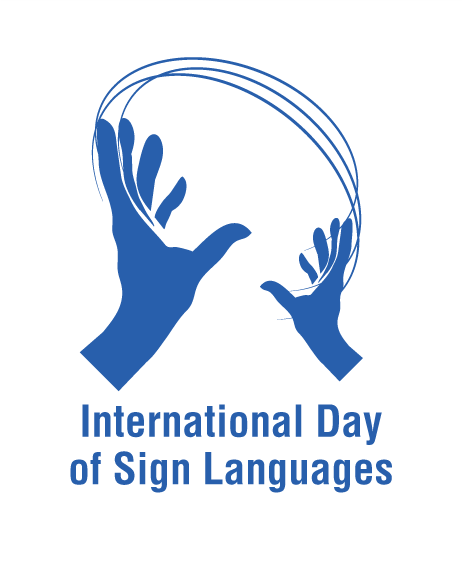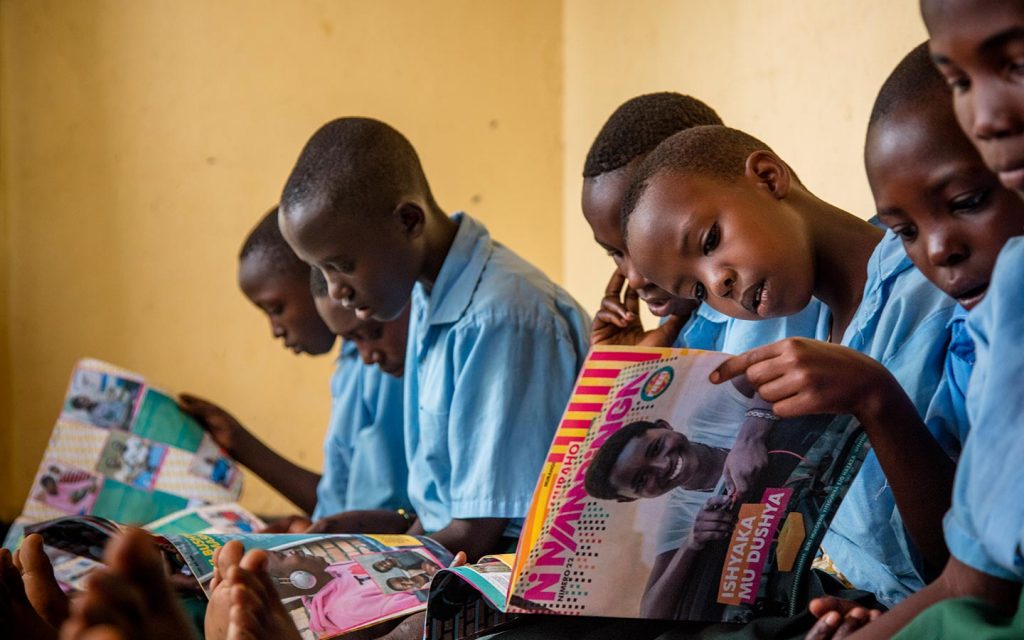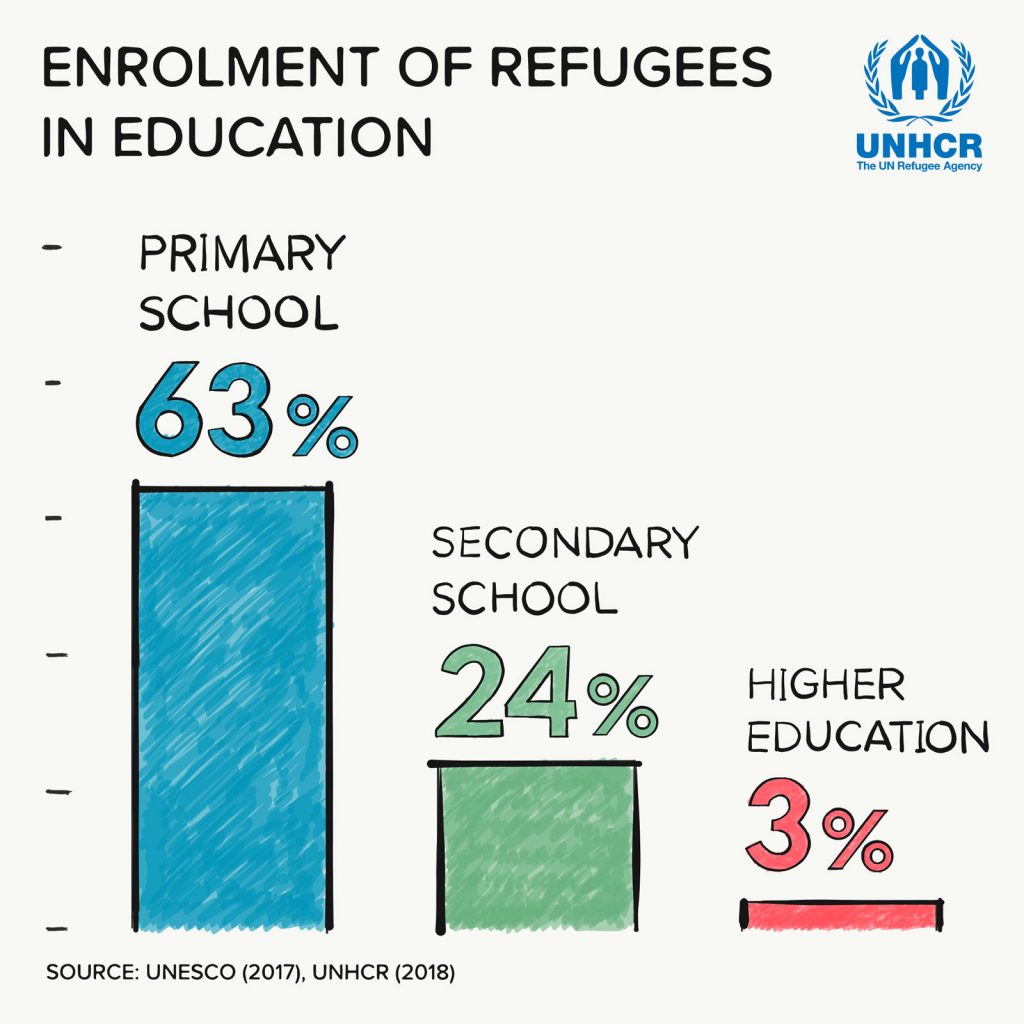
Outside singles competitions—say, in tennis or the shot put or figure skating—there are very few truly individual athletes. And even for those athletes, odds are they’re not training in isolation. They’re training with a team—people who support them and challenge them to be better than they might otherwise become.
Today, teachers are in a similar (though significantly less sweaty) situation. While they may sit (or stand, or pace) alone at the front of a single classroom, today’s teachers are educational athletes, playing a team sport, together with educators across different areas of an academic context. To make sure today’s learners are getting the full set of supports they need to succeed, teachers have to work collaboratively. They need to train, constantly, to teach at peak performance. In schools where students might arrive as English language learners, this is particularly true.
Feedback creates lasting change. Thirty years ago, researchers Bruce Joyce and Beverly Showers showed that regular, ongoing coaching increased the likelihood that a teacher would not only learn new teaching skills but also put them to work in the classroom.
If yours is one of the schools or districts that already puts time into teacher observation, this may sound obvious, but there is still a gap between the real and the ideal—between what most schools and districts do and what they could be doing—because giving targeted, individualized research takes resources. It takes time and money—both things that most schools lack. But there is another thing, beyond teamwork, that educators can steal from the playbooks of athletes the world over: game footage.
Just as athletes spend time reviewing game tape to see what went wrong and what went right, educators too can use video recordings of teaching in action to power professional learning.
Video Reflection Works
Today, the fact that nearly all teachers walk around with video-recording devices in their pockets makes video observation and feedback hugely convenient. To get started, all it takes is a mobile device or a laptop with a camera.
Video is an objective record which teachers and observers can pause and rewind to catch things they might otherwise have missed. It also helps teachers see themselves as their students see them—something that Professor John Hattie, in Visible Learning (2008), argues is essential for teacher improvement.
Beyond seeing themselves, video helps teachers better see each other, together, as a community. Think of it as a professional learning community, but amplified by the ability to talk about the actual teaching happening.
Video Helps Teacher Collaboration
To get the most out of coaching, educators really need to see each other teaching similar content and similar students. Recording video eliminates many of the logistical challenges associated with observation. For instance, in one Alaska district, teachers used to literally fly in an airplane to observe colleagues at other schools. Recording video and sharing it securely via an online platform saves money and time (and makes for a smaller carbon footprint, too).
While your teachers might just have to walk down the hall to observe each other, logistical challenges remain. For instance, most teachers who teach the same elementary school grades have the same teaching and planning schedules, which makes observation nearly impossible without bringing in a sub. Video-powered observation also gives teachers flexibility. One New York middle school principal, Amanda Huza, says that video frees up time because teachers don’t have to use a prep period—valuable time used to plan their own lessons—to observe a colleague.
Even with a solid plan, though, many questions about how to start a video-powered training process often remain.
Standard Equipment
A program that requires teachers to check out a camera or other recording device from the A/V closet and spend then another 20 minutes on setup will never be as convenient as one that uses cameras that are already readily available. In other words, while it might be nice to have a camera robot, it’s by no means a necessity. The Chromebook or laptop or smartphone teachers already have with them is perfect. Making the barrier to pushing record as low as possible only increases the likelihood of a video-powered program’s success.
Audio-capture tools, though, might be worth the extra effort. While the video a laptop records will likely suffice, the pinhole microphone that comes standard on most devices may need upgrading. Bluetooth microphones that plug into a headphone jack or charging port are available for $20–40. Even a basic mic will drastically improve audio quality.
Let Your Goals Point the Camera
Where to point the camera depends on what you’re trying to accomplish. Jim Knight (2014) suggests teachers take center stage when the goal is to better understand or improve a specific element of their instruction (e.g., the kinds of questions they ask, teacher talk time vs. student talk time, or the consistency of correcting students). The camera should point at students when goals involve trying to understand or improve specific student behaviors (e.g., time on task, authentic engagement, or the quality and thoughtfulness of student responses). Of course, it’s important to consult with school administration to ensure you secure the appropriate permissions to shoot and share classroom footage, as well as abide by applicable student privacy laws.
Capture Examples, Not Exemplars
The point of video-powered observation isn’t to create some kind of highlight reel of all the best teacher moments—the dunks and grand slams and unbelievable plays of the week. Instead, teachers should capture the truth of what regularly happens in their classrooms—in other words, their everyday reality.
Research from Hilda Borko and colleagues supports using examples over exemplars. The act of labeling a video as exemplary activates a sort of judgmental and evaluative mindset among its viewers—it prejudices their view before they’ve seen the video. If your goal is to facilitate an open, honest, and supportive professional learning process for teachers, stick with the ordinary.
Shorter Is Better
Teachers should record whatever amount of footage they like. Getting into the habit of regularly viewing lesson-length videos will almost certainly help them improve. Practically speaking, it may be easier for teachers to hit record at the start of a lesson and forget about the camera until the lesson is finished. Teachers can always edit footage down later.
That said, when it comes to sharing video, brevity is beautiful. Teachers should think of shared video recordings in terms of how much an observer might need to see to understand what’s going on. For some topics, as little as 90 seconds might be enough.
In general, ten to twelve minutes of footage is enough to analyze. Shorter clips—say, three to five minutes in length—have value for focused and deep analysis (and may be more realistic for busy teachers).
Not Everything Needs to Be Shared
In some cases, teachers might only share footage with their coach—say, if teachers are working on their confidence before sharing with a larger group. And depending on professional learning strategy, some video might be kept private. As long as reflection is happening, professional learning is happening too.
Of course, the best value comes from collaborative discussion. When appropriate, encourage teachers to share their clips with peers. Making practice public across a school (or district) makes everyone feel more comfortable sharing, as well as talking about what’s happening behind closed classroom doors.
Budget Time for Virtual Observation
The amount of time it takes to analyze a video clip varies with the clip’s length, how much analysis is required, and how complex the featured instruction might be. Analyzing five minutes of student discussion will take longer than reviewing a five-minute classroom tour.
For planning purposes, it is important to share realistic time estimates with colleagues, coaches, and other observers. Different strategies simply require different amounts of time. For videos of a relatively simple instructional practice, analysis should take roughly the same amount of time as the clip’s runtime. For footage of more complicated instruction, or that requires deeper analysis, one-and-a-half times the total runtime is usually adequate.
For video that requires in-depth analysis or asynchronous discussion within threaded comment, allocate double the runtime to review and analyze. Figuring out what works best—for teachers and coaches—and setting up a cohesive plan helps all stakeholders get the most out of this video-powered observation.
Cultivate Trust and Safety
Before you head onto the field, rallying your team, it’s hugely important to create a culture that both encourages and celebrates the use of video reflection. Watching yourself on video requires not only the willingness to be vulnerable but also openness to the idea that, upon review, you might need to make some changes.
When video is part of professional learning—and distinctly separate from performance evaluation—it can contribute to a shared mindset around continuous improvement. Teachers need to hear, explicitly, how their videos will be used. Set clear boundaries in advance.
To avoid pushback from your teachers, don’t “do video” to them. Let teachers drive their own learning. Let teachers choose when and what to capture. Their becoming active participants in the observation process starts by you empowering them to hit that red button. By putting teachers in control, you give them the chance to privately review their own practice—and, if desired, take a “do over” and record a new episode to share.
Finally, if you believe that all educators can improve through observation and coaching, live that ideal. Step in front of the camera. If you’re a coach, record a coaching conversation. If you’re a school leader, shoot some footage of yourself facilitating a staff meeting or one-on-one conversation. By modeling the reflective practices you hope to see in your teachers, you set a great example—and build your own skill.
Adam Geller is an author of professional development books and the founder of Edthena, a video-powered professional learning platform. His book, Evidence of Practice: Playbook for Video-Powered Professional Learning, can help coaches and administrators develop a video-powered professional learning plan and put it into practice. The book includes a framework for analyzing video evidence along with twelve research-based and teacher-tested video learning strategies, each with an implementation guide for easy planning and execution.
He started his career as a science teacher in St. Louis, Missouri, working with many students who were English learners. Since 2011, Adam has seen Edthena evolve from a paper-based prototype into a research-informed and patented platform used by schools, districts, teacher-training programs, and professional development providers around the world.
References
Borko, H., Koellner, K., Jacobs, J., and Seago, N. (2010). “Using Video Representations of Teaching in Practice-Based Professional Development Programs.” ZDM, 43(1): 175–187. doi:10.1007/s11858-010-0302-5
DuFour, R. (2004). “What Is a Professional Learning Community?” Educational Leadership, 61(8): 6–11.
Hattie, J. A. (2008). Visible Learning: A Synthesis of Over 800 Meta-Analyses Relating to Achievement. London: Routledge.
Joyce, B., and Showers, B. (1989). Student Achievement through Staff Development. New York: Longman.
Knight, J. (2014). Focus on Teaching: Using Video for High-Impact Instruction. Thousand Oaks, CA: Corwin.




